Home>Technology>Security & Surveillance>How To Lock Bedroom Door From Inside
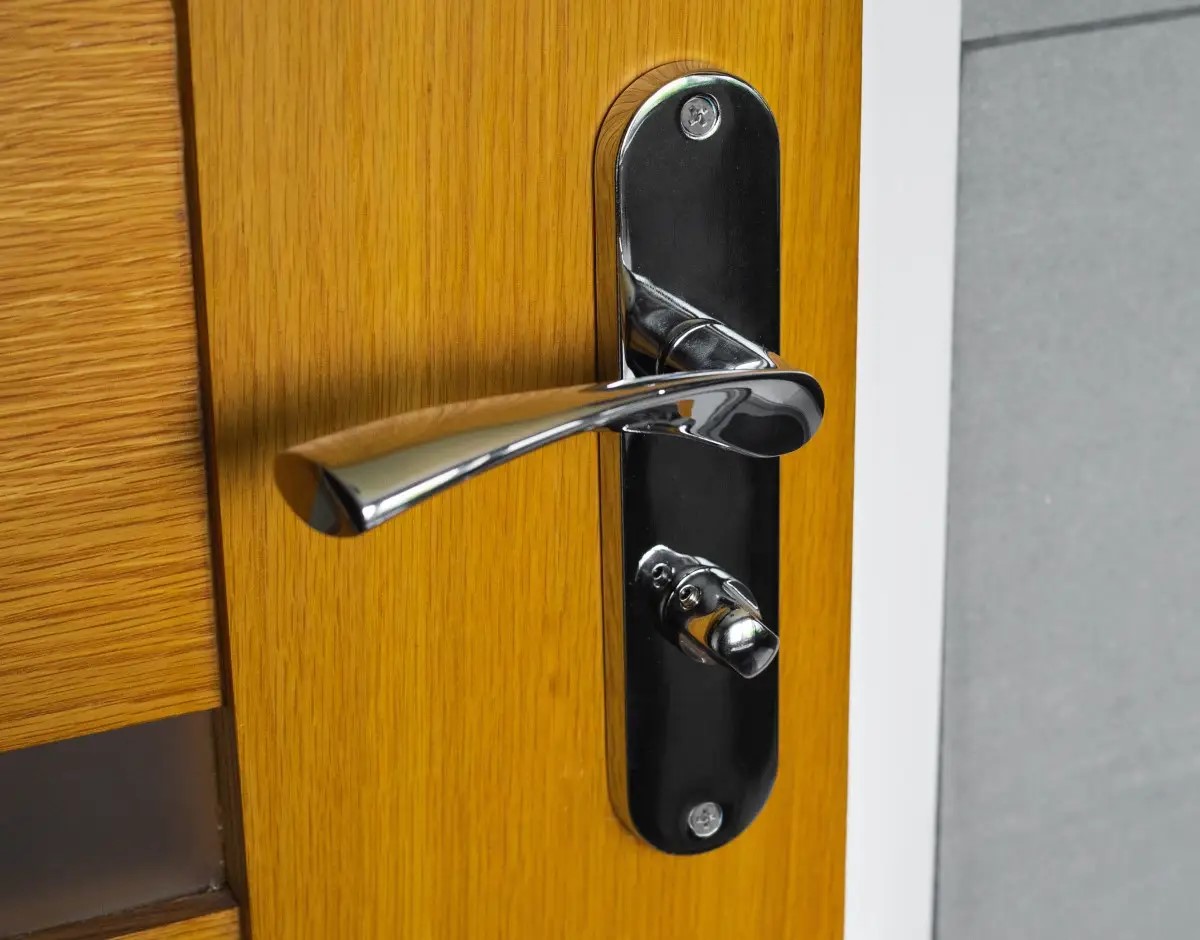

Security & Surveillance
How To Lock Bedroom Door From Inside
Modified: January 6, 2024
Learn how to secure your bedroom with these simple tips for locking the door from the inside. Enhance your security and surveillance measures for peace of mind.
(Many of the links in this article redirect to a specific reviewed product. Your purchase of these products through affiliate links helps to generate commission for Storables.com, at no extra cost. Learn more)
**
Introduction
**
Securing your bedroom is essential for maintaining privacy and ensuring personal safety. Whether you seek solitude or wish to safeguard your belongings, knowing how to effectively lock a bedroom door from the inside is a valuable skill. This article will guide you through the various types of bedroom door locks, the necessary tools and materials, and the step-by-step process to secure your bedroom door. By following these instructions, you can enhance your peace of mind and create a secure environment within your living space.
Key Takeaways:
- Choose the right lock for your bedroom door based on your security needs and lifestyle, whether it’s a simple privacy lock or a high-tech electronic lock for added convenience and safety.
- Keep your bedroom door lock well-maintained, plan for emergency access, and consider security upgrades to ensure a secure and private sanctuary within your home.
Read more: How To Lock A Door From The Inside
Types of Bedroom Door Locks
When it comes to securing a bedroom door, various lock options are available, each with its unique features and mechanisms. Understanding the different types of bedroom door locks can help you choose the most suitable option for your specific needs. Here are some common types of bedroom door locks:
- Privacy Locks: These are the most common type of bedroom door locks and are typically found in residential settings. Privacy locks are designed to provide privacy rather than high-level security. They are often equipped with a simple push-button or twist mechanism to engage the lock from inside the room. While privacy locks are effective for preventing accidental intrusions, they may not withstand forced entry attempts.
- Keyed Entry Locks: Keyed entry locks offer a higher level of security compared to privacy locks. They require a key to lock and unlock the door from the outside, providing an additional layer of protection. However, it’s important to keep the key accessible from the inside in case of emergencies. Keyed entry locks are suitable for individuals seeking a balance between privacy and security.
- Deadbolts: Deadbolts are robust and reliable locks commonly used in residential and commercial properties. They feature a solid metal bolt that extends into the door frame, making them resistant to forced entry. Deadbolts can be operated using a thumb turn from the inside and a key from the outside. Their sturdy construction and enhanced security make them an ideal choice for those prioritizing safety.
- Electronic Locks: With advancements in technology, electronic locks have become increasingly popular for securing bedroom doors. These innovative locks utilize keypads, fingerprint scanners, or smart devices to control access. Electronic locks offer convenience, allowing users to enter a personalized code or use biometric authentication to unlock the door. Some models also provide remote access and activity monitoring features, enhancing overall security and accessibility.
By considering the unique characteristics of each type of bedroom door lock, you can make an informed decision based on your security requirements, lifestyle, and personal preferences.
Tools and Materials Needed
Before embarking on the process of locking a bedroom door from the inside, it’s important to gather the necessary tools and materials. Having the right items at your disposal will streamline the task and ensure a successful outcome. Here’s a list of essential tools and materials needed to lock a bedroom door:
- Screwdriver: A screwdriver is a versatile tool that may be required to remove or install certain types of door locks. Ensure that you have the appropriate screwdriver, such as a Phillips or flathead, based on the lock’s fastening mechanism.
- New Lock (if applicable): If you are upgrading or replacing the existing lock on your bedroom door, ensure that you have the new lock and any accompanying components, such as strike plates and screws.
- Key (for keyed entry locks): If your bedroom door features a keyed entry lock, ensure that you have the corresponding key to test the lock’s functionality after installation or adjustment.
- Batteries (for electronic locks): In the case of electronic locks, verify whether the lock operates using batteries. If so, ensure that you have a fresh set of batteries on hand to power the lock.
- Lubricant: In some instances, applying lubricant to the lock’s internal components can improve its performance and smooth operation. Consider having a small amount of lock lubricant or graphite powder available if needed.
- Safety Glasses: When handling tools or performing maintenance on the lock, it’s advisable to wear safety glasses to protect your eyes from any potential debris or small components.
- Assistance (optional): Depending on the complexity of the lock or the installation process, having a second person to assist you can be beneficial. They can provide support, hold components in place, or offer a different perspective on the task at hand.
By ensuring that you have the necessary tools and materials ready, you can approach the process of locking your bedroom door with confidence and efficiency. Additionally, having these items readily available can help address any unexpected challenges that may arise during the installation or adjustment of the lock.
Steps to Lock a Bedroom Door from Inside
Locking a bedroom door from the inside can be accomplished through various methods, depending on the type of lock installed. Below are the general steps to lock a bedroom door, along with specific instructions for different types of locks:
General Steps:
- Prepare the Door: Ensure that the door is fully closed and properly aligned within the door frame. This step is crucial for the effective operation of the lock.
- Engage the Lock: Activate the locking mechanism according to the specific instructions provided for your type of lock. This may involve turning a knob, pressing a button, or using a key, depending on the lock’s design.
- Test the Lock: After engaging the lock, test its functionality by attempting to open the door from the outside. This step allows you to confirm that the lock is securely in place and effectively prevents unauthorized access.
Read more: How To Lock A Classroom Door From The Inside
Specific Instructions for Different Lock Types:
- Privacy Locks: If your bedroom door features a privacy lock, simply turn the locking mechanism, typically a thumb turn or push button, located on the interior side of the door. This action will secure the door from the inside, providing the desired level of privacy.
- Keyed Entry Locks: For keyed entry locks, insert the key into the lock cylinder on the interior side of the door and rotate it in the locking direction. Once the key is turned, the lock will secure the door, preventing entry from the outside without the corresponding key.
- Deadbolts: When dealing with deadbolts, use the thumb turn on the interior side of the door to extend the sturdy bolt into the door frame. This action effectively locks the door and enhances security by resisting forced entry attempts.
- Electronic Locks: Electronic locks may require entering a code, using a smart device, or engaging a biometric sensor to lock the door from the inside. Follow the specific instructions provided by the lock’s manufacturer to activate the locking mechanism using the chosen method.
By following these steps and adhering to the manufacturer’s guidelines for your specific type of lock, you can effectively secure your bedroom door from the inside, providing the privacy and protection you desire.
Use a door lock or latch that can be operated from the inside. Install a deadbolt or a door knob with a locking mechanism. Keep the key in a safe place in case of emergency.
Tips and Considerations
When it comes to locking a bedroom door from the inside, several tips and considerations can enhance the overall effectiveness and convenience of the locking process. By keeping the following points in mind, you can optimize the security of your bedroom and address potential challenges that may arise:
- Routine Maintenance: Regularly inspect and maintain your bedroom door lock to ensure its proper functionality. Clean the lock mechanism, remove any debris or obstructions, and apply lubricant as recommended by the manufacturer to keep the lock in optimal condition.
- Emergency Access: In the event of an emergency, such as a fire or medical situation, it’s crucial to have a quick and reliable method for unlocking the bedroom door from the inside. Consider keeping a spare key or an emergency release tool in a secure yet easily accessible location within the room.
- Security Upgrades: If you have concerns about the security of your bedroom door, consider upgrading to a more robust lock, such as a high-security deadbolt or an electronic lock with advanced features. Evaluate your specific security needs and explore options that offer enhanced protection.
- Privacy Indicator: For shared living spaces or situations where privacy is paramount, consider installing a visual indicator, such as a “Do Not Disturb” sign or a colored indicator on the door, to signal when the room is occupied and should not be entered.
- Professional Installation: When installing a new lock or making significant adjustments to the existing lock, consider seeking professional assistance to ensure proper installation and alignment. A professional locksmith can help optimize the security and functionality of the lock.
- Child Safety: If there are young children in the household, take precautions to prevent accidental lockouts or entrapment. Consider using childproof covers on door knobs or implementing alternative safety measures to protect curious children from inadvertently locking themselves inside the room.
By incorporating these tips and considerations into your approach to locking a bedroom door from the inside, you can proactively address potential safety and security considerations while optimizing the functionality of the lock.
Conclusion
Securing your bedroom door from the inside is a fundamental aspect of creating a safe and private sanctuary within your home. By understanding the various types of bedroom door locks, gathering the necessary tools and materials, and following the appropriate steps, you can effectively fortify your bedroom against unauthorized access. Whether you opt for a traditional privacy lock, a robust deadbolt, or a cutting-edge electronic lock, the choice of lock should align with your specific security needs and lifestyle.
As you embark on the journey of locking your bedroom door, it’s essential to consider the maintenance, emergency access, and potential security upgrades that can further enhance the overall protection of your living space. Additionally, prioritizing child safety and exploring visual indicators for privacy can contribute to a well-rounded approach to bedroom door security.
Ultimately, the ability to lock your bedroom door from the inside empowers you to establish a personal retreat where you can unwind, focus, and feel secure. By implementing the tips and considerations outlined in this article, you can elevate the security and functionality of your bedroom door lock, contributing to a greater sense of peace and privacy within your home.
Remember, the security of your bedroom door is a vital component of your overall safety and well-being, and by taking proactive measures to fortify this barrier, you can create a space that truly reflects your need for comfort, privacy, and tranquility.
Frequently Asked Questions about How To Lock Bedroom Door From Inside
Was this page helpful?
At Storables.com, we guarantee accurate and reliable information. Our content, validated by Expert Board Contributors, is crafted following stringent Editorial Policies. We're committed to providing you with well-researched, expert-backed insights for all your informational needs.
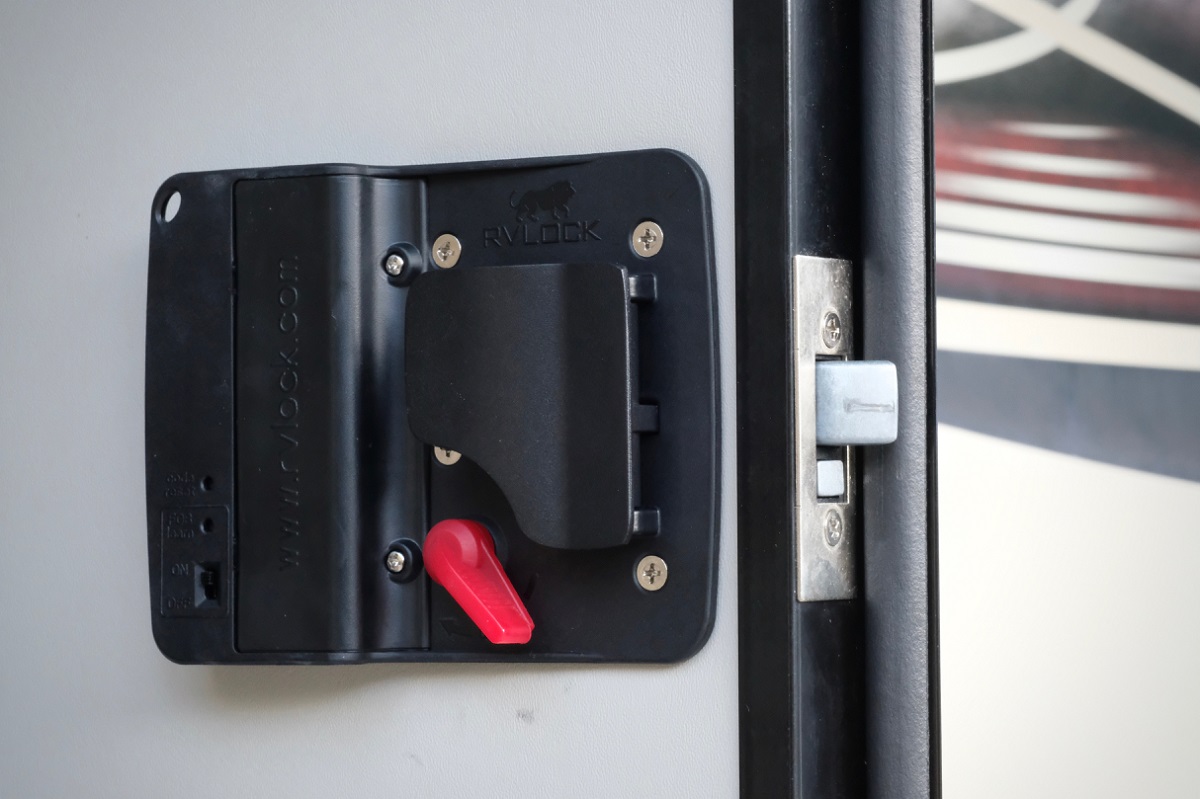
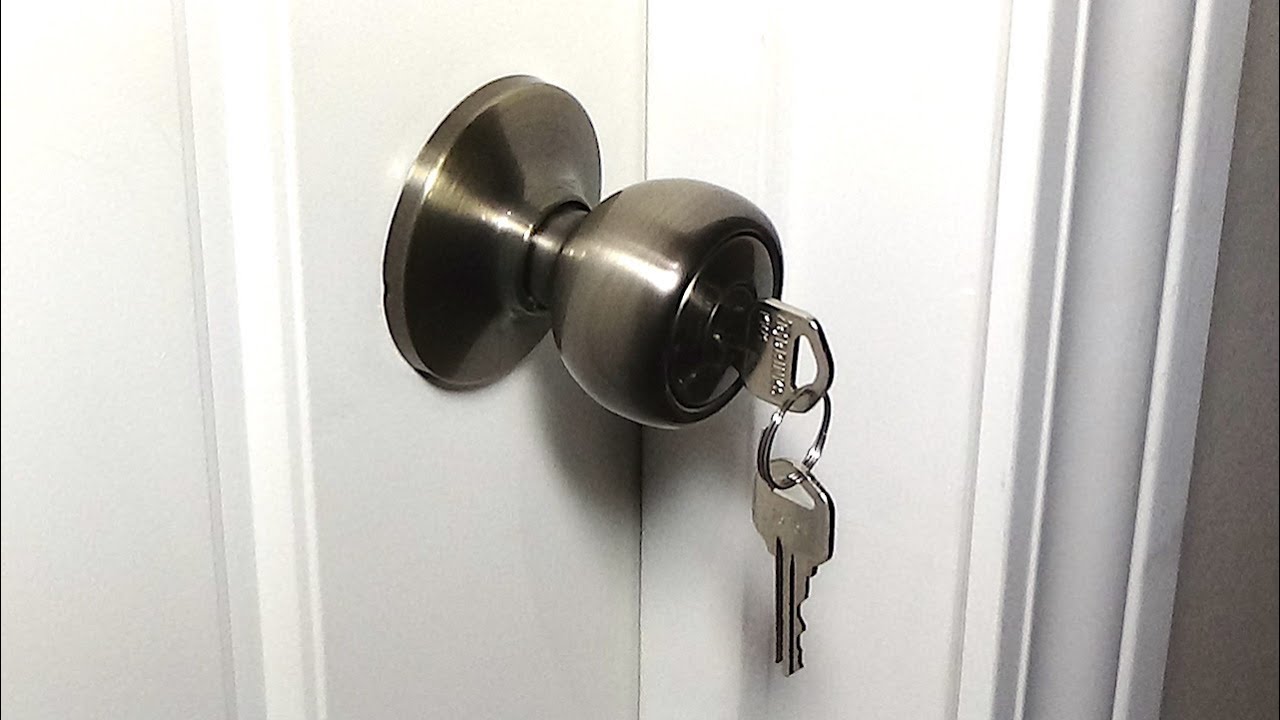
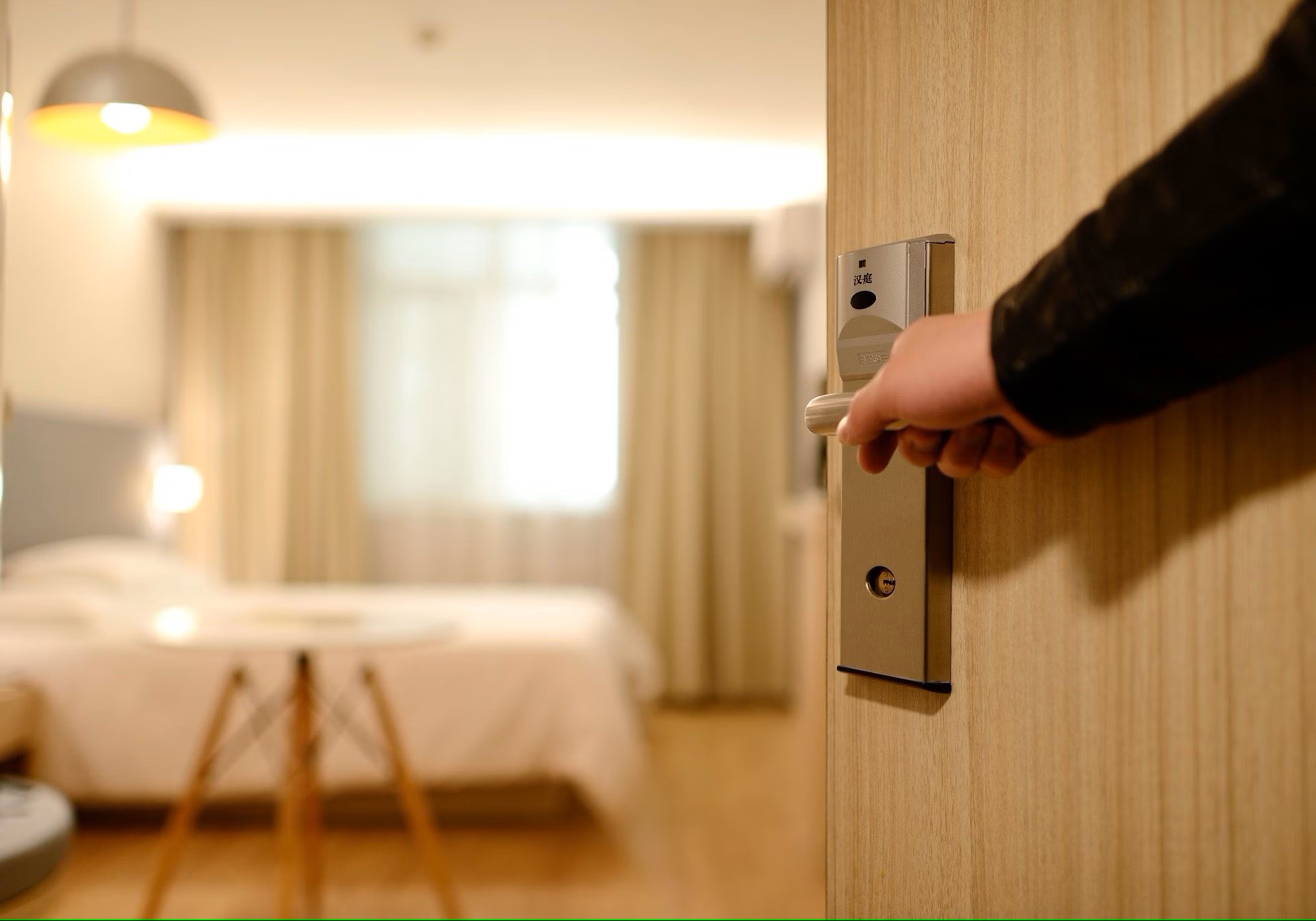
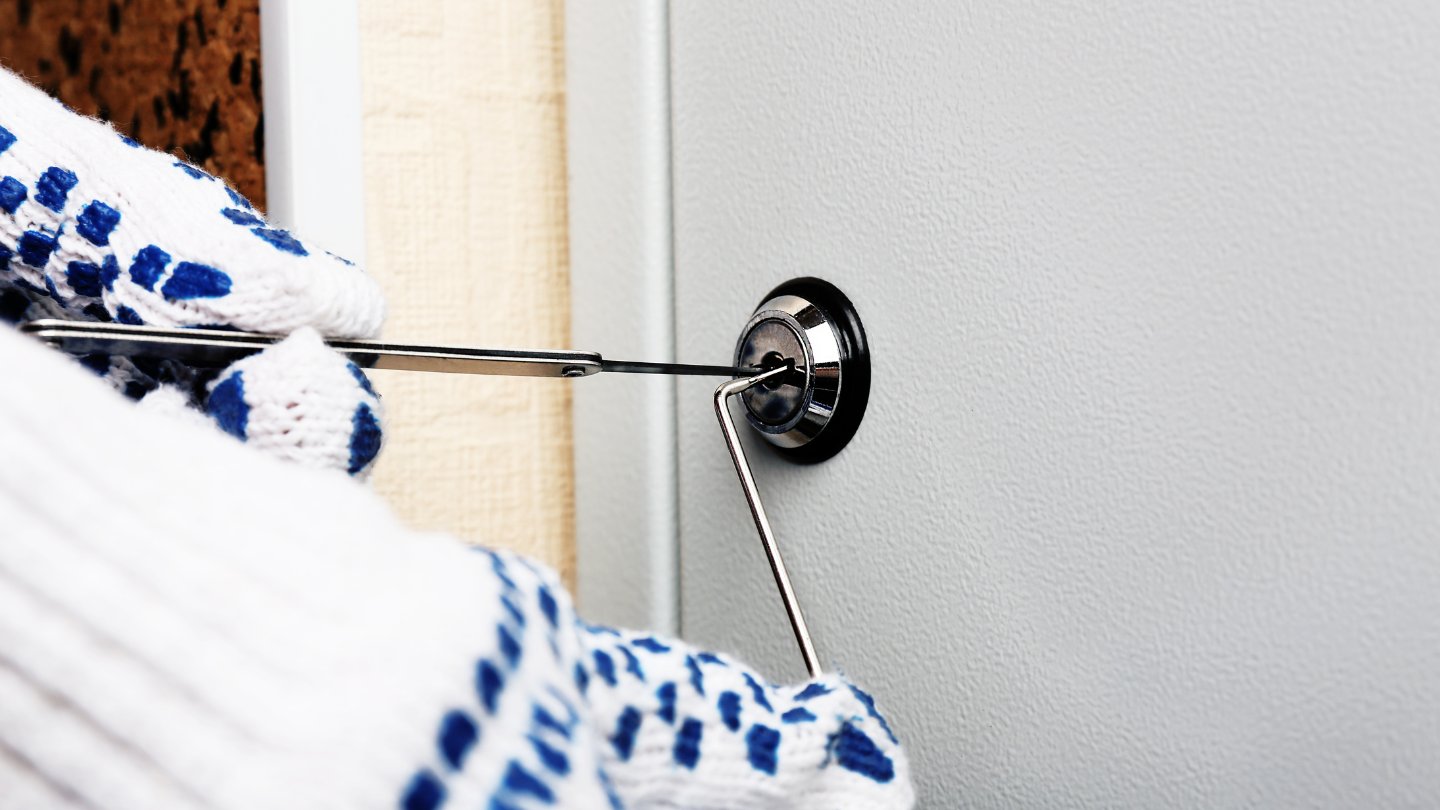
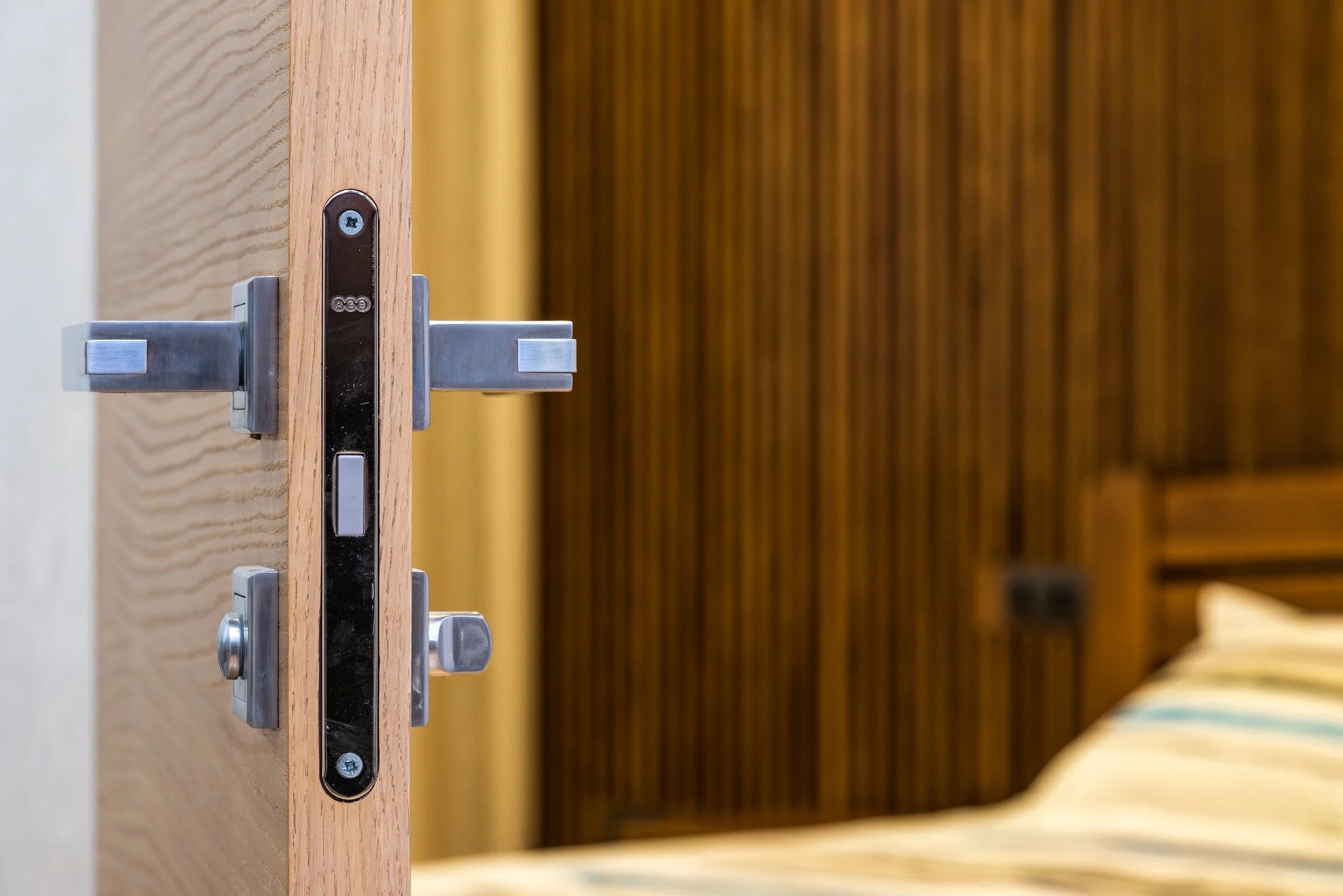
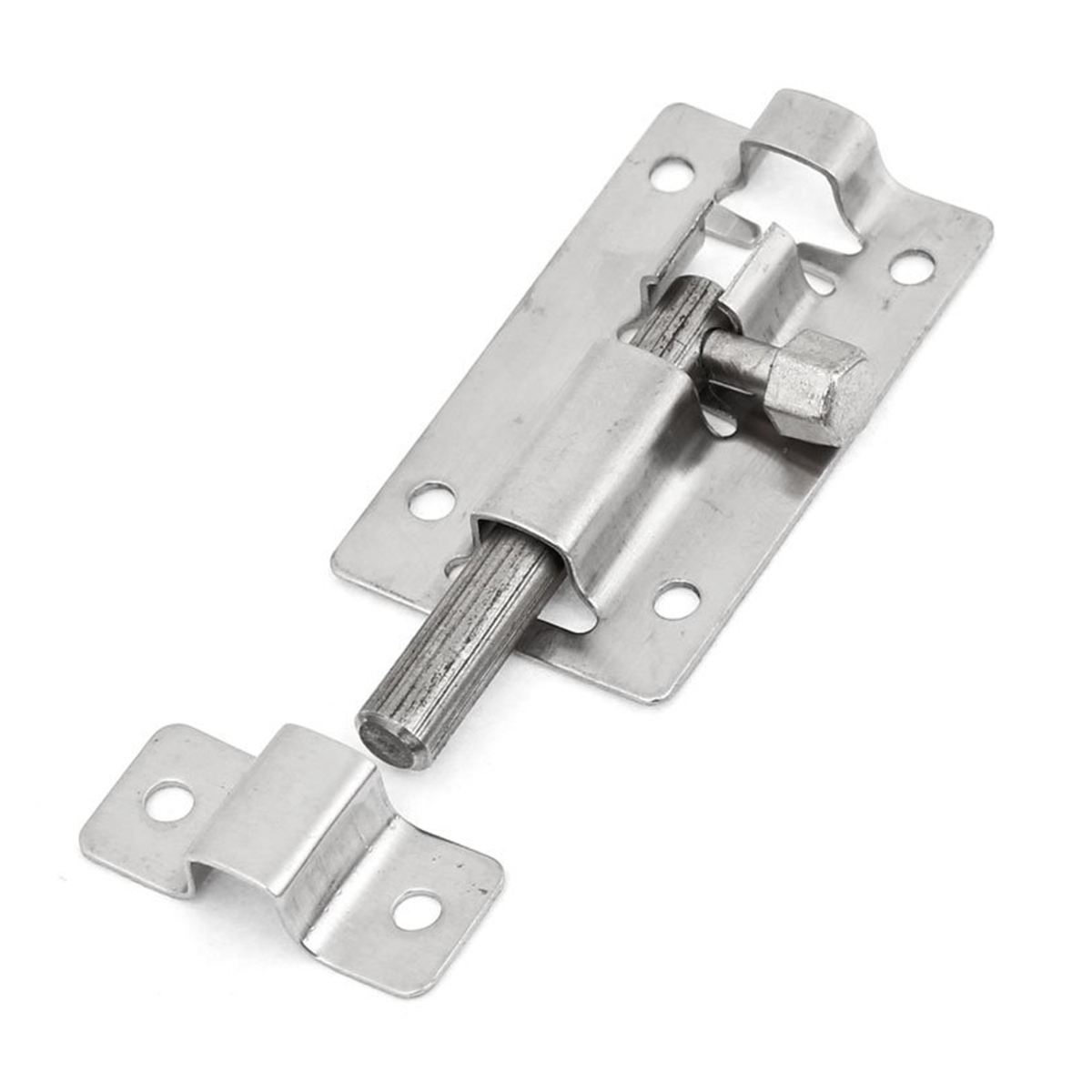
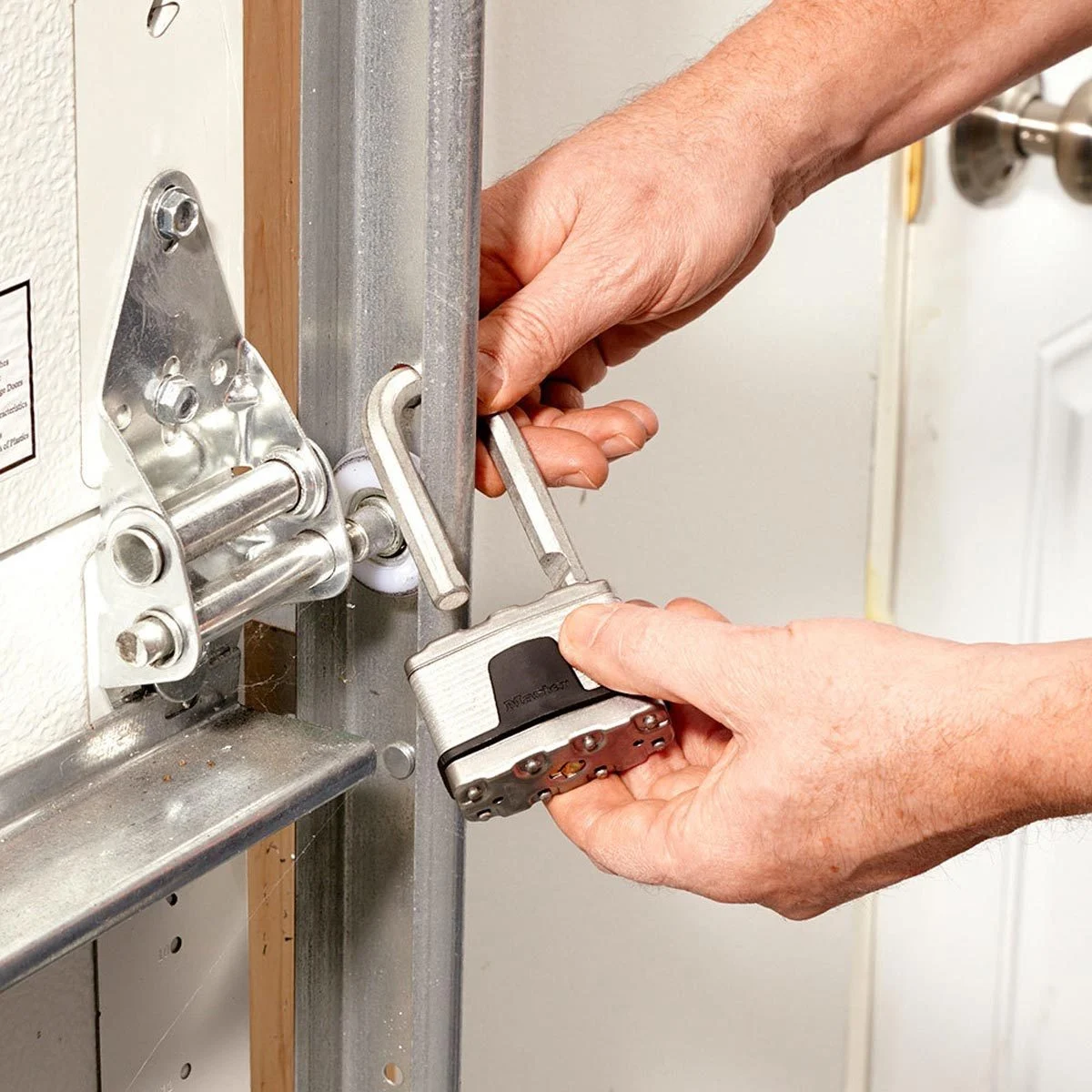
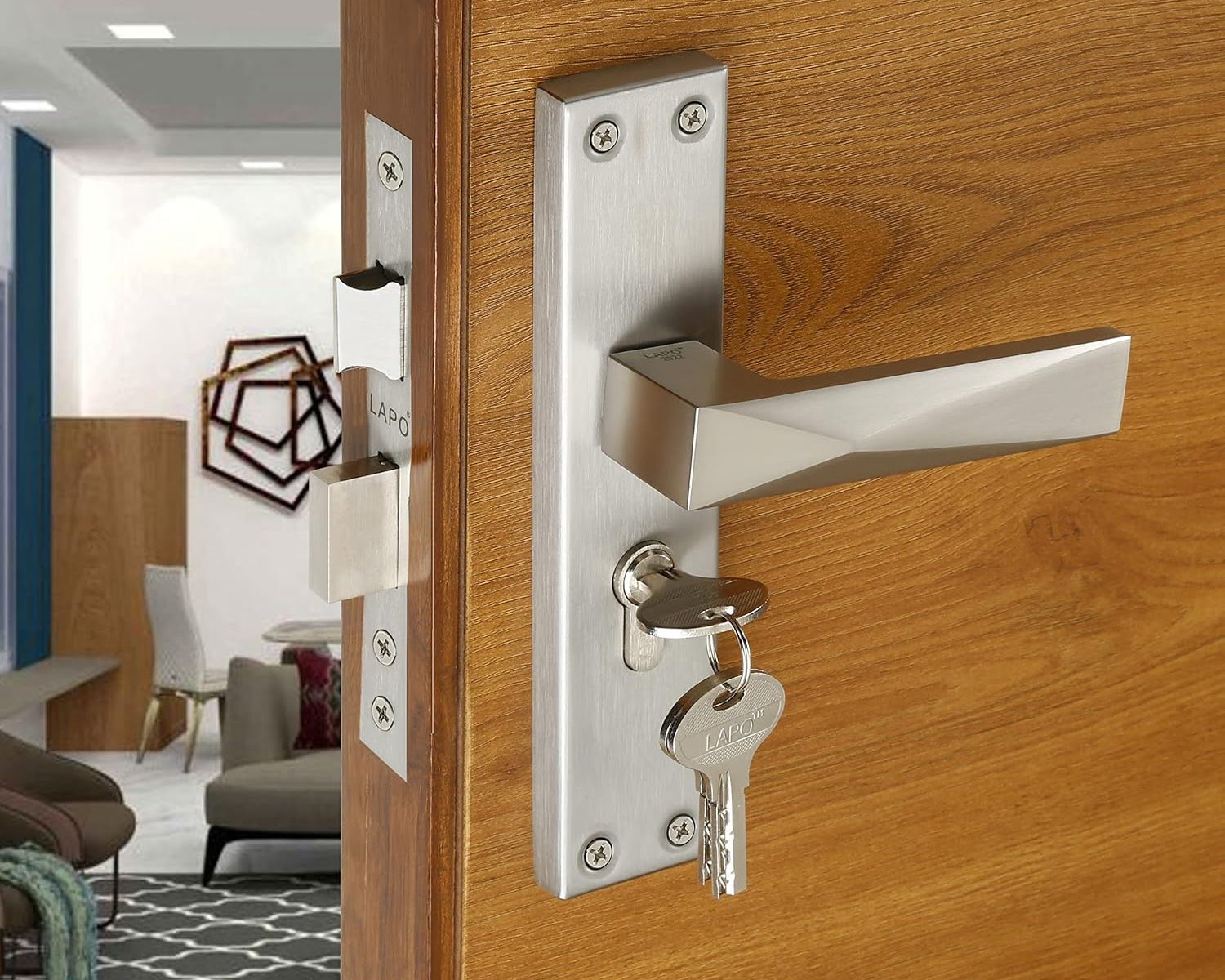
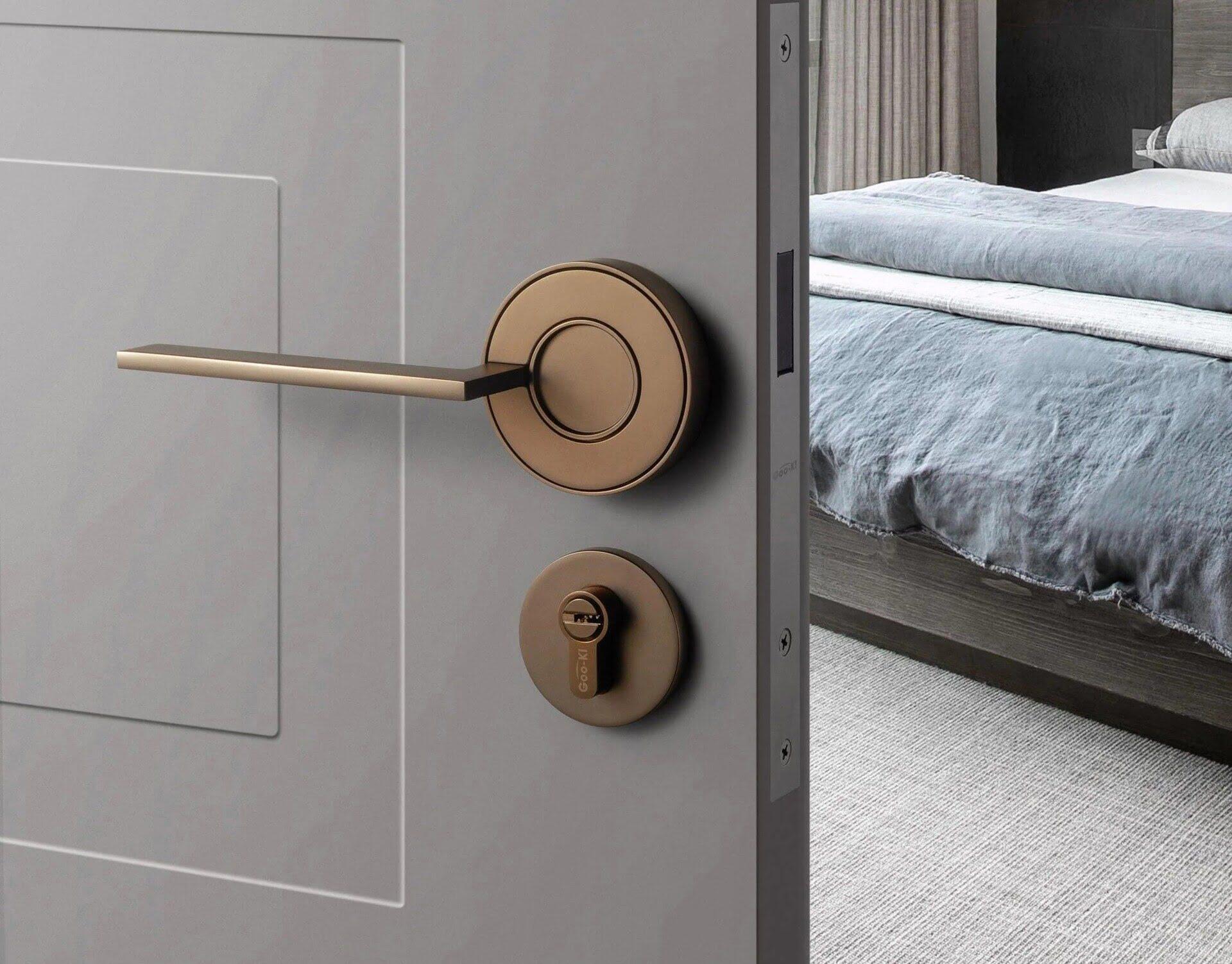
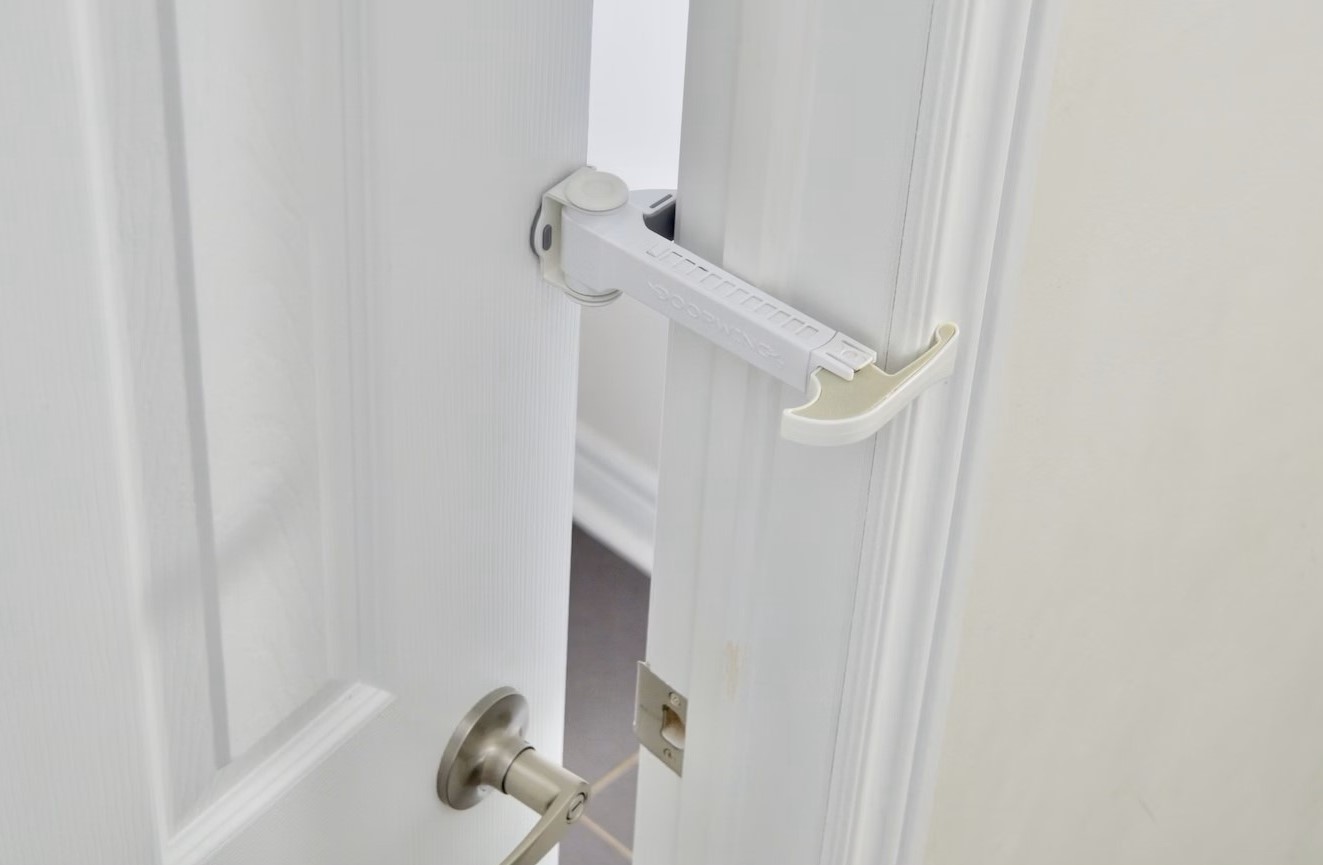
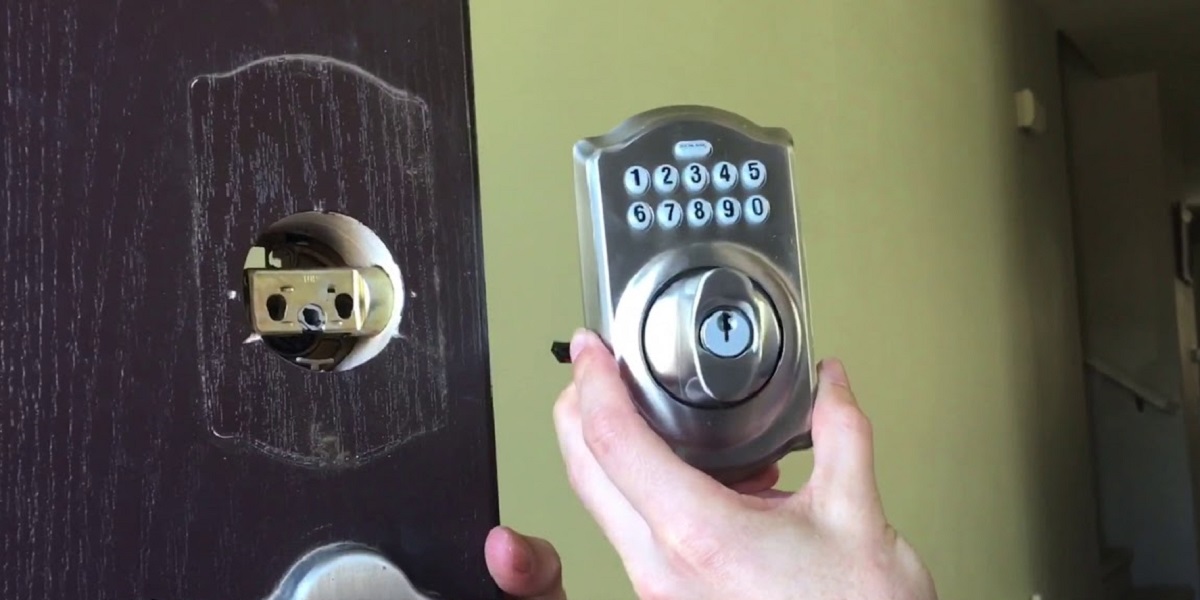
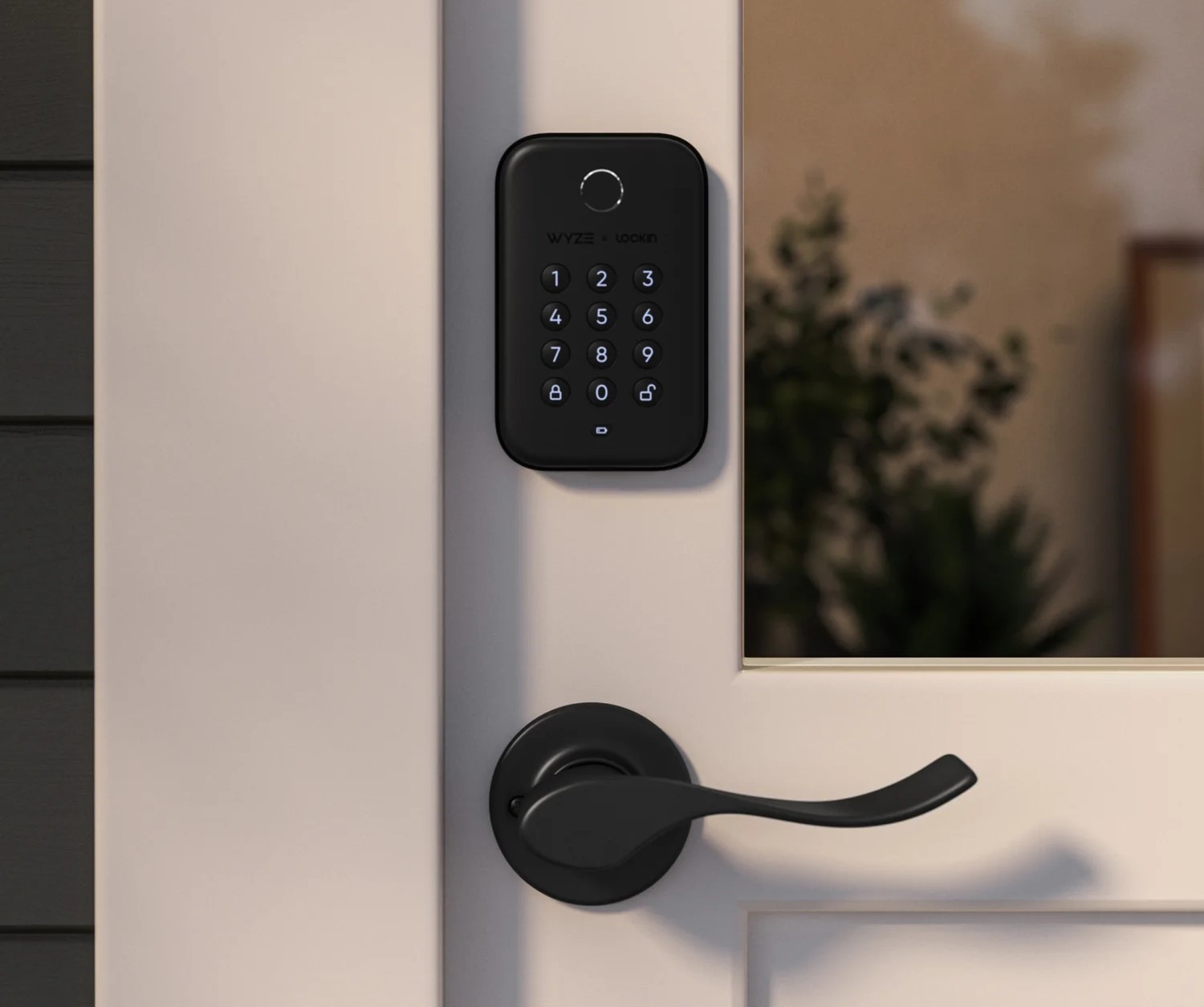
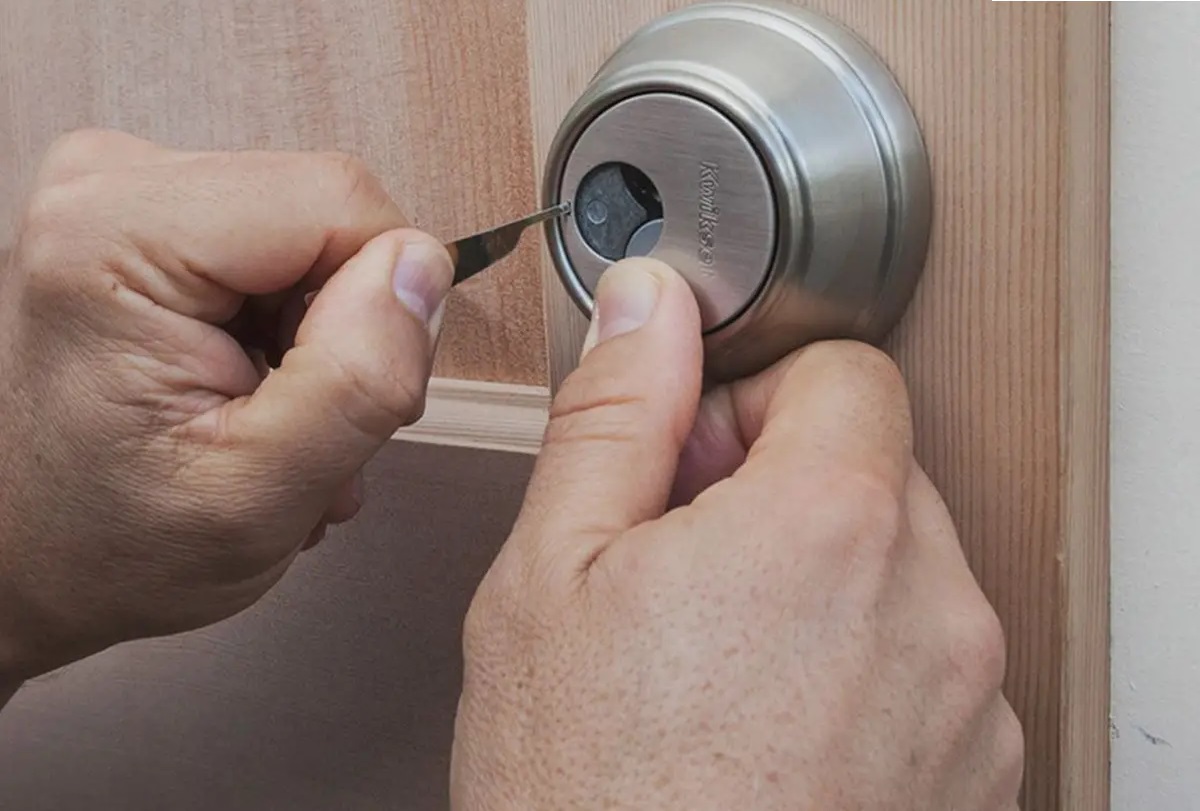
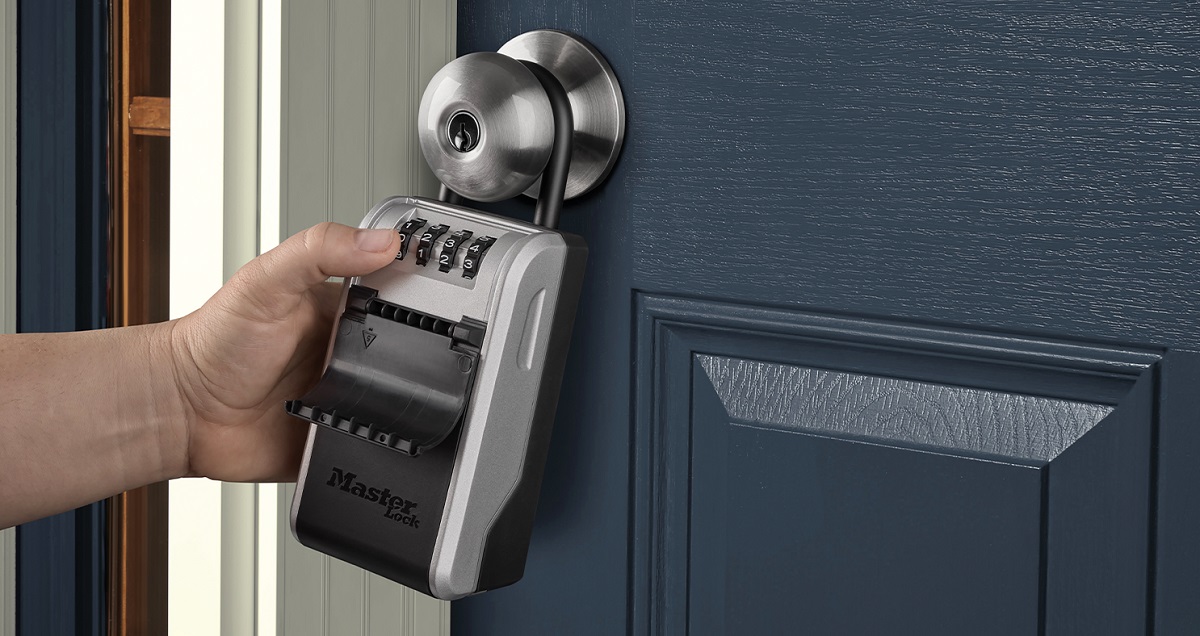

0 thoughts on “How To Lock Bedroom Door From Inside”